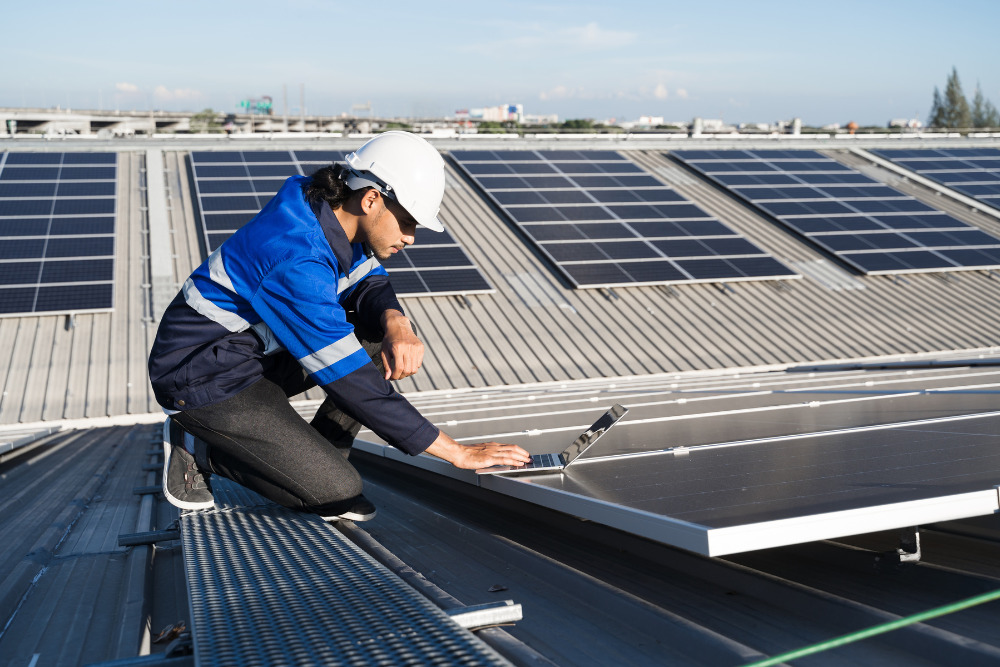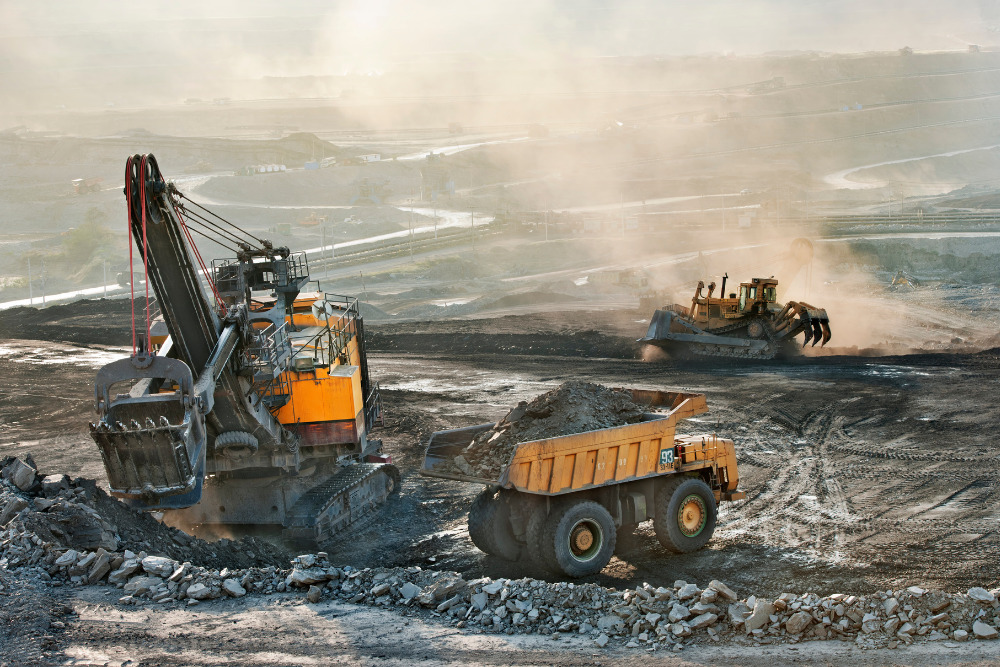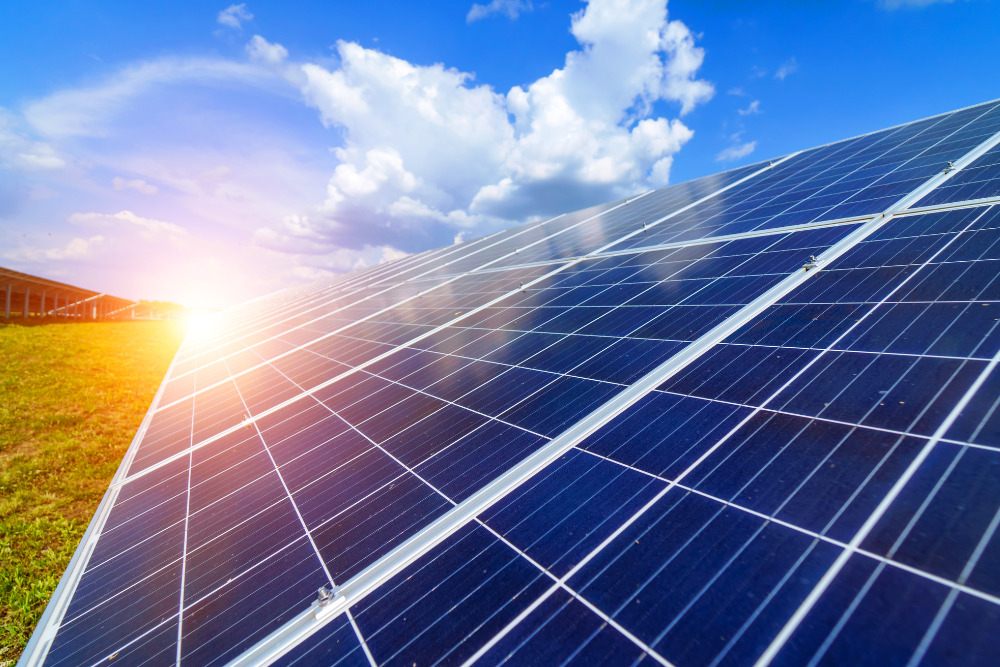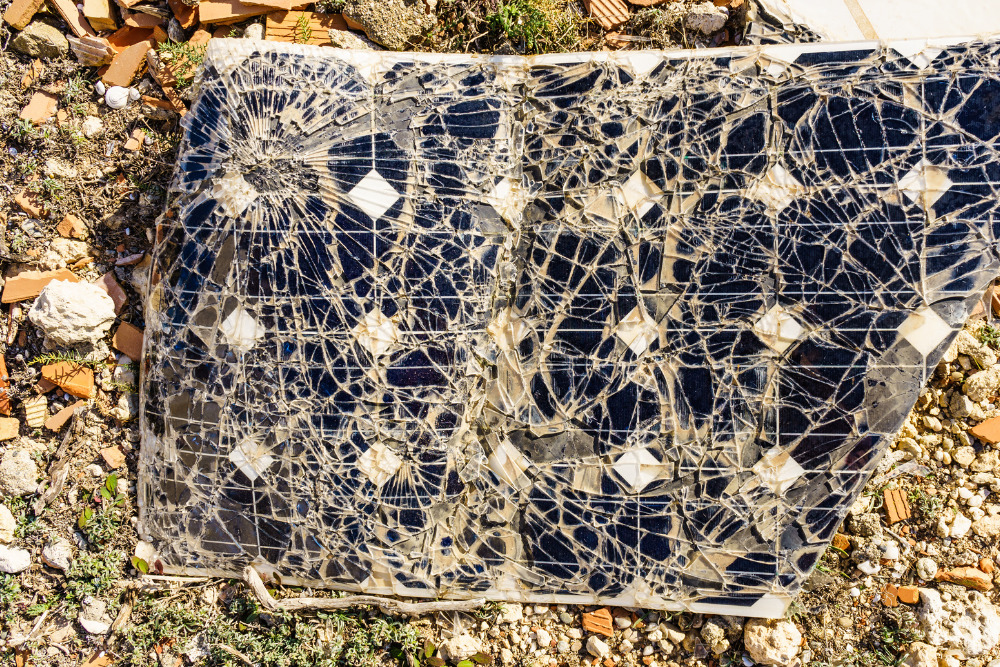
Discover the lifecycle of solar panels, from raw material extraction and manufacturing to operation, and end-of-life considerations, to understand the overall environmental impact and long-term viability of photovoltaic systems.
Solar panels, the key components of solar energy systems, are designed to harness the sun's abundant energy and convert it into electricity. As we use more and more of these panels, carrying out a lifecycle analysis (LCA) is crucial if we are to evaluate the long-term environmental impact and sustainability of solar photovoltaic (PV) systems.
What Is A Lifecycle Assessment?
An LCA estimates how much environmental impact a system, product, or process has during its lifecycle. It examines the inputs, energy sources, and power generation throughout every stage of a product's life, from when it is extracted as a raw material to its disposal or recycling.
This is important to understand, especially as it relates to equipment that generates renewable energy, as the goal is for every part of the process to be as sustainable as possible.
What Is The Life Cycle Of Solar Panels?
The life cycle of solar panels includes stages from raw material extraction and manufacturing to installation, operation, and end-of-life considerations. It encompasses the entire process, from production to operation and decommissioning.
Material Sourcing
Material sourcing for solar panels involves extracting and procuring the raw materials required for their production, such as silicon, aluminum, glass, and other components.
This stage includes assessing the environmental and social impacts of mining, processing, and transporting these materials. While we talk a lot about the impact of mining fossil fuels on climate change, it’s important to understand that an incredible amount of energy is still required to source the materials needed to manufacture clean energy technologies, like solar panels.

Manufacturing
The manufacturing of solar panels includes the assembly and production of components, including silicon cells, framing, and wiring. This process typically involves cutting, shaping, and assembling the materials, then integrating electrical components and encapsulation.
While monocrystalline panels have a longer lifespan and are more efficient than polycrystalline solar panels, the manufacturing process uses more energy and produces more waste since each solar cell is a single, pure silicon wafer. Conversely, polycrystalline panels use melted silicon fragments poured into a mold, producing virtually no waste.
This means mono panels have a larger carbon footprint than poly panels, which may be an important consideration for environmentally-conscious home and business owners.
Transportation
Transportation plays a crucial role in the life cycle of photovoltaic panels. Large, heavy photovoltaic modules and components have to be moved from manufacturing facilities to distribution centers and eventually to installation sites.
This stage includes various modes of transportation, such as trucks, ships, or trains, and requires careful logistical planning to minimize carbon emissions and achieve timely delivery.
Installation
The installation of solar panels involves mounting the panels onto rooftops, ground-mounted structures, or other suitable locations.
Securing the panels, connecting them to the electrical system, and optimizing their position for maximum sunlight exposure requires time, tools, electricity, and skilled labor that all contribute to the environmental impact of a solar panel.
Operation
The operation phase of solar panels refers to their active use in harnessing solar energy and generating electricity.
The solar panels receive sunlight and convert it into electrical energy through photovoltaics. Regular monitoring and maintenance of the panels, including cleaning, inspection, and repairs are necessary throughout the lifespan of the solar power system.

Decommissioning
Decommissioning PV panels includes end-of-life considerations and the proper removal and disposal of the panels.
This process includes safely disconnecting the panels from the electrical system, dismantling or removing them from their installation location, and managing waste or recycling.
Responsible decommissioning practices minimize negative impacts on the environment.
What Happens To Solar Panels After 25 Years – Are Solar Panels 100% Recyclable?
After 25 years, some solar panels continue to operate, although their efficiency will have declined. No solar panels are 100% recyclable due to certain materials used in their construction.
Most materials like glass, aluminum, and silicon can be reused. However, some components, like the hazardous chemicals Cadmium and Gallium used in thin-film solar cells, may require specialized disposal or recycling processes.
Efforts are being made to improve recycling technologies and increase the overall recyclability of solar panels to minimize waste and maximize resource recovery.
Proper management of end-of-life PV modules prevents landfill accumulation and makes recycling more efficient. ISO and DOI standards provide frameworks for conducting comprehensive lifecycle assessments and help develop sustainable energy systems.
Over 70% of PV manufacturers participate in the global PV CYCLE Network, which helps to meet the legal obligations of the Waste Electrical and Electronic Equipment (WEEE) Directive. Through this initiative, producers actively promote sustainability throughout the product's lifespan.

What Is The Future For Solar Panel Lifecycle Analysis?
Various metrics and methodologies, such as life cycle inventory and impact assessment, assess factors like energy consumption, CO2 emissions, and global warming potential.
Research by Fthenakis, V, Kim, and Alsema has shown that the energy payback time (EPBT) for PV systems is decreasing, and PV technologies like Cadmium Telluride (CdTe) are improving in terms of energy requirements and greenhouse gas emissions. These studies indicate that multi-crystalline silicon PV modules have lower life cycle impacts and GHG emissions than other technologies.
China and the USA are key players in utility-scale PV power plants, with a focus on energy policy and CO2 eq reductions.
However, certain challenges, such as the recycling of PV modules and the responsible disposal of materials like CdTe, must be addressed.
Nonetheless, solar PV systems will play a vital role in clean energy generation and contribute to a more sustainable energy future.


